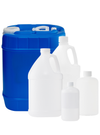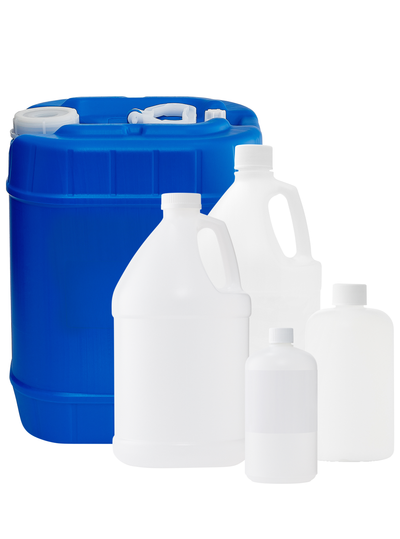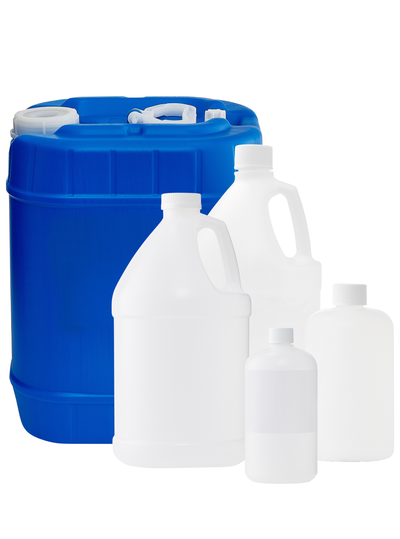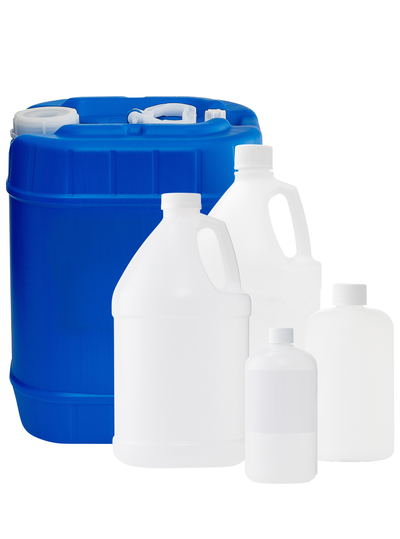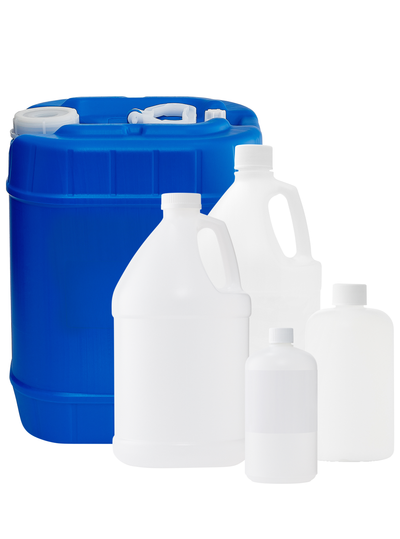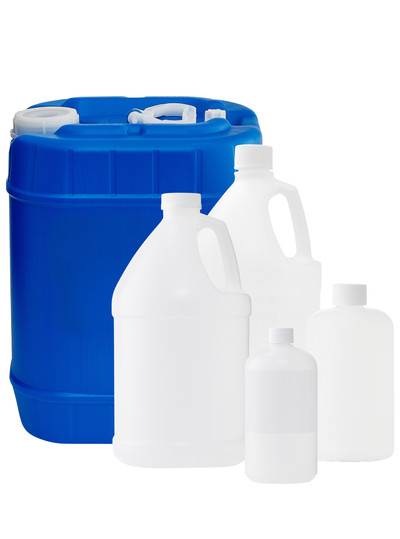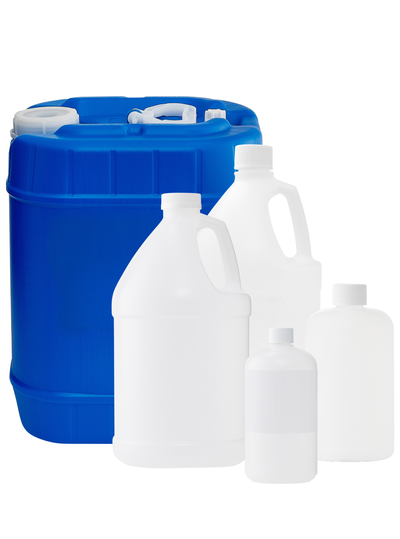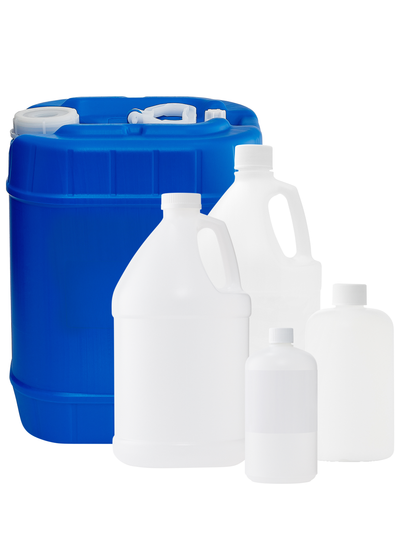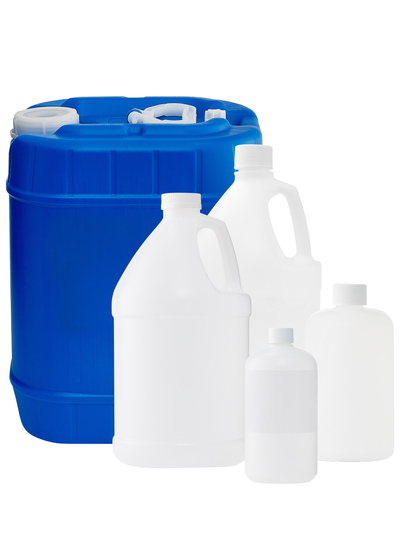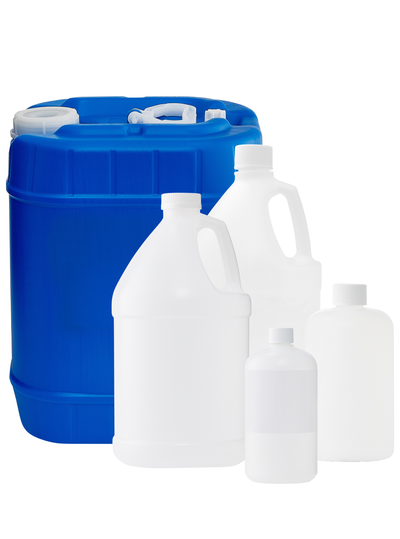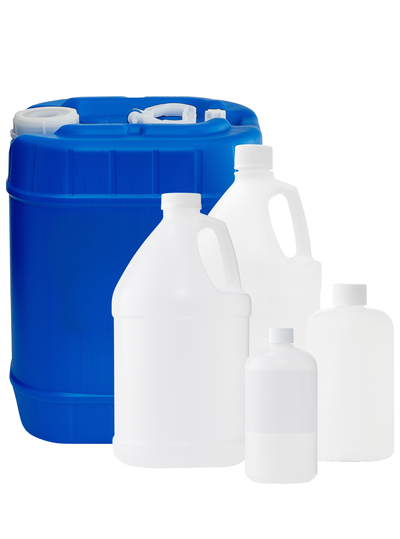
Business Support
Potassium Metal 98% Lab Grade
For questions regarding lead time, please contact a member of our Customer Care Team at customercare@laballey.com
Business Support
Description
About Potassium Metal 98% Lab Grade
Potassium metal possesses a silvery appearance that turns grayish white on exposure to air. It has no odor and reacts with water at ambient conditions. It is soft at ordinary temperatures and is often available as lumps or granules. It is an alkaline earth metal that can oxidize in air to form a protective film of oxide. It can be easily machined, extruded, or drawn into shapes. It is one of the most reactive and electropositive of metals and is the lightest known metal. Chemically pure or Laboratory reagents are the two terms often used to describe Lab Grade chemicals. Lab Grade chemicals do not meet any accepted quality or purity requirements such as the ACS Grade, the USP Grade, and the FCC Grade, despite their acceptable purity. In the United States of America (USA), Lab Alley is selling its high-quality Potassium Metal Powder, Lab Grade, online at laballey.com. Due to its high purity, Potassium Metal Powder, Lab Grade is highly recommended for labs and commercial applications.
Potassium metal was first isolated in 1807 by Humphry Davy, who derived it by electrolysis of molten KOH with the newly discovered voltaic pile. Potassium was the first metal that was isolated by electrolysis. Later in the same year, Davy reported extraction of the metal sodium from a mineral derivative (caustic soda, NaOH, or lye) rather than a plant salt, by a similar technique, demonstrating that the elements, and thus the salts, are different. Although the production of potassium and sodium metal should have shown that both are elements, it took some time before this view was universally accepted.
Because of the sensitivity of potassium to water and air, air-free techniques are normally employed for handling the element. It is unreactive toward nitrogen and saturated hydrocarbons such as mineral oil or kerosene. It readily dissolves in liquid ammonia, up to 480 g per 1000 g of ammonia at 0 °C. Depending on the concentration, the ammonia solutions are blue to yellow, and their electrical conductivity is similar to that of liquid metals. Potassium slowly reacts with ammonia to form KNH2, but this reaction is accelerated by minute amounts of transition metal salts.[49] Because it can reduce the salts to the metal, potassium is often used as the reductant in the preparation of finely divided metals from their salts by the Rieke method.
Specifications
COMMON USES AND APPLICATIONS
- Reagent
- Synthesis of potassium compounds
- Catalyst for polymer synthesis
- Metal industry
- Fertilizer industry
PRODUCT INFORMATION
Customer Reviews and Q&A
Safety and Shipping
Potassium Metal Shipping Information:
DOT: Potassium, 4.3, UN2257, PG I
Please contact us to request a Safety Data Sheet (SDS) and Certificate of Analysis (COA) for Potassium Metal.
Business Support
Built for Business.
At Lab Alley, we simplify procurement with custom quotes, credit applications, tax exemptions, and fulfillment support, ensuring on-budget, on-time delivery - your success is our priority.
Apply for Credit
A Lab Alley credit account streamlines purchasing for your business. Our Customer Success Team is available to help you through every step of the process.
Request a Custom Quote
Get a fast, customized quote tailored to your specific needs. Our team ensures accurate pricing and availability to help streamline your purchasing process.

Additional Business Resources
Lab Alley provides access to essential certifications, documents, and other resources to support your business.

Create a Lab Alley Account

RECEIVE exclusive offers, promotions, and discounts on chemicals.

Always have the product you need, when you need it with our AUTOSHIP program.


